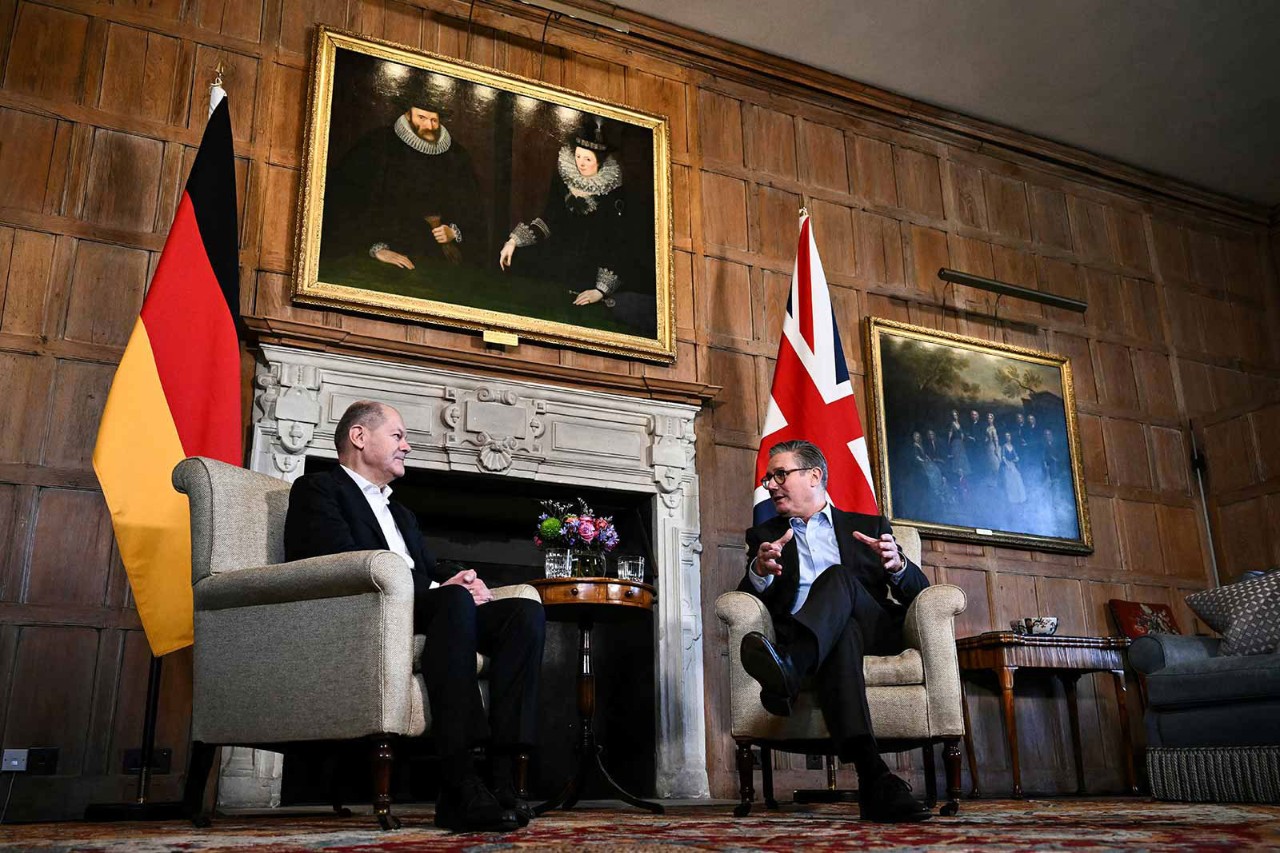
The more complex you make the tax system, the less tax revenue you potentially collect. This has always been true, but people do insist on denying it. The politicians who add a new quirk here and an additional quirk there, and solemnly tell themselves they are increasing revenue are simply making things worse.
Every year we see increasing evidence for this. The latest and most telling proof comes from the National Audit Office. The administrative cost of the tax system is not a long report, but you can understand its central message from two sentences: ‘The tax system is becoming increasingly complex,’ and ‘HMRC estimated that the combined effect of tax policy changes announced between 2022 and 2024 would increase its operational costs by an estimated cumulative total of around £875m over the next few years’.
The overall message of the report is simple. In the words of Gareth Davies, the head of the NAO: ‘Businesses and individuals deserve a modern, resilient and effective tax system to help them get their tax right first time.’
A recognition of the damage the tax system does to the raising of tax would be a start
The detail in the report shows that we are all getting a service that is well short of that. The report’s focus is clearly on the ballooning costs of having a daft and ludicrously over-complex system. Many years ago, one tax expert likened the system to a tower made from Lego bricks for which politicians endlessly decreed the addition of bricks in unlikely points until the edifice was incapable of repair without the whole thing falling over.
Trying to make life simpler all round wasn’t helped by the abolition of the Office of Tax Simplification during the short-lived Liz Truss administration. But this NAO report simply underlines the importance of reform. A recognition of the damage the tax system does to the raising of tax would be a start. This report is clear on what is going wrong. But there are few signs that politicians, always with their eyes on the short term, have properly grasped the issue.
Litany of woes
The report’s conclusions are full of woe. The cost of running the system is increasing. HMRC doesn’t measure the overall efficiency of its administration of the tax system. Enhanced digitalisation has increased revenue, but it does not seem to be reducing running costs. Customer service performance has declined. Efficiency targets have proved difficult to achieve without compromising services. Compliance staff productivity remains below pre-pandemic levels. The tax system has become more complex over time, rather than more straightforward and easier to deal with.
‘Tax revenues are mainly determined by factors that are outside HMRC’s control’
There are too few examples where system changes have considered the costs to taxpayers, or prioritised sufficiently those that will reduce costs. And so on, as the report continues.
But the real problem is there is not much logic between what HMRC might like to do to improve things and what the politicians want it to administer. As the report says: ‘Tax revenues are mainly determined by factors that are outside HMRC’s control. Key drivers of higher revenue are tax policy decisions made by HM Treasury and wider economic factors.’
Therefore, its hands are tied. Though it must often feel that the animal at the end of the lead is crazed and pulling in all manner of directions. At the end of the report, perhaps more in hope than expectation, it does point out that the government is committed ‘to announcing a package of measures to simplify tax administration and improve the customer experience in spring 2025’.
On past performance it might be a longer wait than that.



